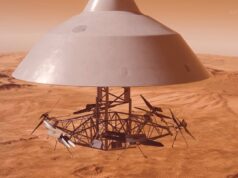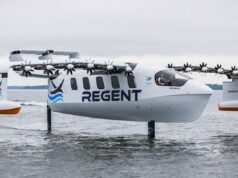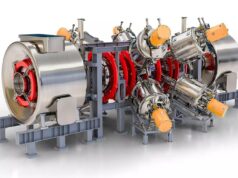The HOTOL (Horizontal Take-Off and Landing) project aimed to develop a British unmanned re-usable spacecraft similar to the American Space Shuttle and Soviet Buran. It intended to be a single-stage-to-orbit (SSTO) craft capable of operating from runways. HOTOL planned to use a unique propulsion system that acted as both an airbreathing jet engine and a rocket engine.
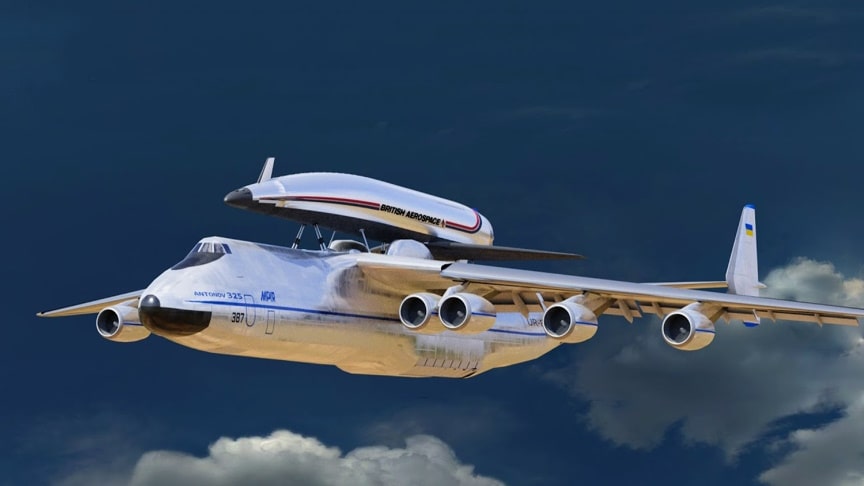
Alan Bond, a rocketry engineer, researched an airbreathing rocket engine concept in 1982. His idea addressed the challenge of carrying propellant onboard SSTO vehicles by using external atmospheric oxygen, combined with liquid hydrogen, for thrust until reaching Mach 5.5. Afterward, it would switch to conventional rocket mode using liquid oxygen.
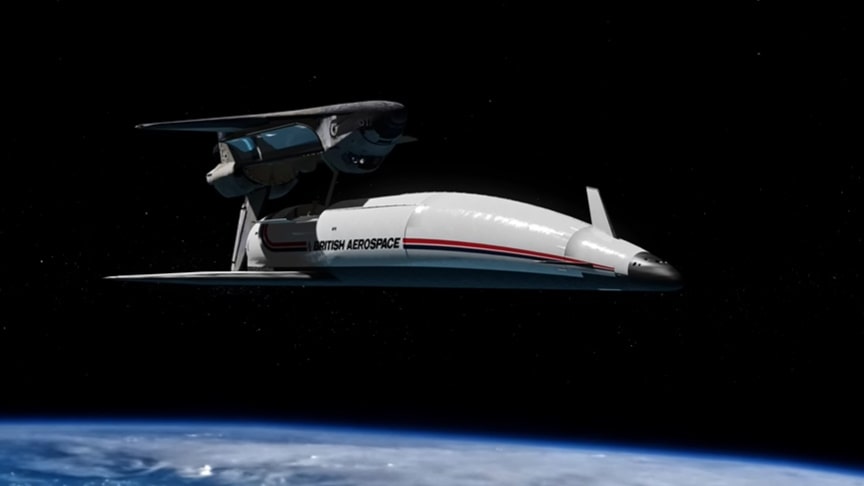
In 1985, Rolls Royce acquired Bond’s engine rights and collaborated with British Aerospace (BAe) on the HOTOL project. However, difficulties arose due to the mismatch between the center of pressure and gravity during flight. The British government withdrew support in 1988, leading to the project’s cancellation.
Advertisement
Nonetheless, in 1990, the project experienced a resurgence when BAe approached the Soviet Union with a proposal to launch a derivative of HOTOL by piggybacking aboard the massive Antonov An-225 transport aircraft. This derivative, known as the Interim HOTOL, would forego the complex RB545 engines in favor of conventional rockets supplied by Russia. The Interim HOTOL would be mounted atop the An-225, originally designed to carry the Buran space shuttle, and ascend to an altitude of approximately 29,500 ft (9,000 m). Once released, the Interim HOTOL would ignite its rocket engines and be propelled into orbit while carrying a payload of 4.5 tons.
Antonov also explored the development of an enhanced derivative of the An-225, called the An-325, equipped with two additional engines to accommodate a larger payload and potentially launch a larger version of HOTOL or a Russian vehicle. Unfortunately, the Interim HOTOL fared no better than its predecessor and was discontinued in 1992 due to a lack of interest from both the European Space Agency (ESA) and the UK government.via: Hazegrayart

